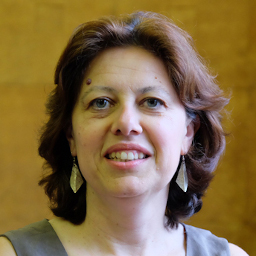Urban and architectural forms of the 19th century Red Sea
Principal Investigator(s): Professor Aylin Orbasli
Contact: aorbasli@brookes.ac.uk
About us
Constructed of coral stone in compact forms and often several stories high and adorned with timber shutters, balconies and projections, the distinct architecture and urban forms that defined the coastal settlements on both shores of the Red Sea in the late nineteenth century is known as the Red Sea style.
This research has been examining this distinct architectural style, including the coral construction techniques employed and the unique environmental features of the buildings used to mitigate the hot and humid climate of the Red Sea.
Undertaken over a period of 15 years, the research has generated valuable longitudinal data and documented buildings and settlements that have since been lost to abandonment and pressures of contemporary development. In the past this research has benefitted from a Central Research Fund grant and a collaboration with King Fahd University of Petroleum and Minerals University, Saudi Arabia.

Research impact
The study of coral construction and conservation techniques is amongst a small number of publications on the study of this material and continues to be used as a reference for conservation practices in the region.The understanding of t
hese traditional settlements, their historic development and individual architectural character is being used in Saudi Arabia to inform masterplans, building codes and the architecture of new developments.
Forthcoming publications
- Orbaşlı, A. (2023) An architectural legacy of exchange: the making of a Red Sea style’, paper
- Orbaşlı, A. (2024) ‘The courtyard houses of Arabia’s Red Sea coast’, book chapter in Courtyard Architecture (ed. D. Zhang and M. Sibley)
Past publications
- Orbaşlı, A. (2017) ‘The Historic Towns of Saudi Arabia’s Red Sea Coast: tourism development and conservation’ in Human Interaction with the Environment in the Red Sea (ed. D.A. Agius et. al.), Leiden, Brill (peer reviewed publication), 207-227.
Leadership

Professor Aylin Orbasli
Professor of Architectural and Urban Heritage
